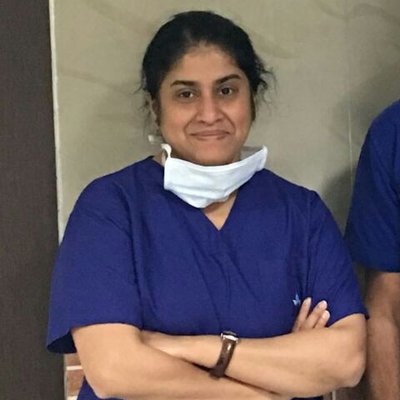
Perceived Human – Likeness in Robotics
11.00 – 11.25
Dr.ir. Peter Ruijten
TU/e Industrial Engineering & Innovation Sciences - Human Technology Interaction
Although it is generally believed that robots are not capable of experiencing emotions such as love and fear, people do easily attribute these emotions to robots. Reasons for this can be found in the design of those robots. Developers often include human-like features such as a face that can show emotional expressions or limbs that can manipulate objects. These features increase the probability of people perceiving the robots as human-like. This is an important notion when designing (social) robots, since these perceptions of human-likeness strongly influence people’s responses to them. This presentation will provide a historic overview of perceptions of human-likeness, particularly in human-robot interaction research.

Robotics & AI – Assisting Surgeons with the Impossible
13.45 – 14.10
Anupam Nayak MBA
Eindhoven Medical Robotics
Although application of robotics in medicine is well established over the past decade, its steep cost has made it inaccessible to most institutions, significantly limited its applicability in medical practice, and the need for a highly specialised surgical team has restricted its value. The main reason is that the technology was positioned as a highly specialised cumbersome centralized unit, requiring entirely new array of surgical tools, limited customisability to multiple applications, and as a sophisticated accessory only for advanced applications. The de-construction of a centralized, unaffordable, multifunctional robotic unit, similar to a mainframe IBM computer concept, to multiple smaller robots deployed for specific set of surgical tasks makes it possible to envisage affordable modular robots. This efficiently enables numerous surgical applications deployable as a major technological adjunct for improving healthcare.

Enabling cloud robotics applications with 5G/Photonics
13.45 – 14.10
Dr. Chigo Okonkwo MSc
TU/e Electrical Engineering - Electro-Optical Communication
The emerging field of cloud robotics exploit cloud computing, cloud storage and a converged network infrastructure to provide shared services for Robotics. Autonomous mobile, medical and industrial robots require access to databases to obtain, build and overlay new information about their environment or to augment information of the real with virtual worlds. In addition, more processing capability is required to manage the large amounts of data and apply this to the real-world scenario. To be able to enable these services, the networking environment should support higher capacity, faster access, ubiquitous immersive wireless connectivity and support a wide range of network services. This is exactly what 5G is being built to support. In the very first instance, 5G will have to support virtualized network functions and exploit more software upgradability with support for edge computing in order to support network programmability and flexibility at ultra-low latency. We will address some of the key technological challenges that should be overcome at the operational level to provide 1000x higher wireless area capacity, reduce average service creation time cycle whilst reducing connectivity latency and the energy usage per service. 5G connectivity is the next logical step for cloud connected Autonomous Robotics.